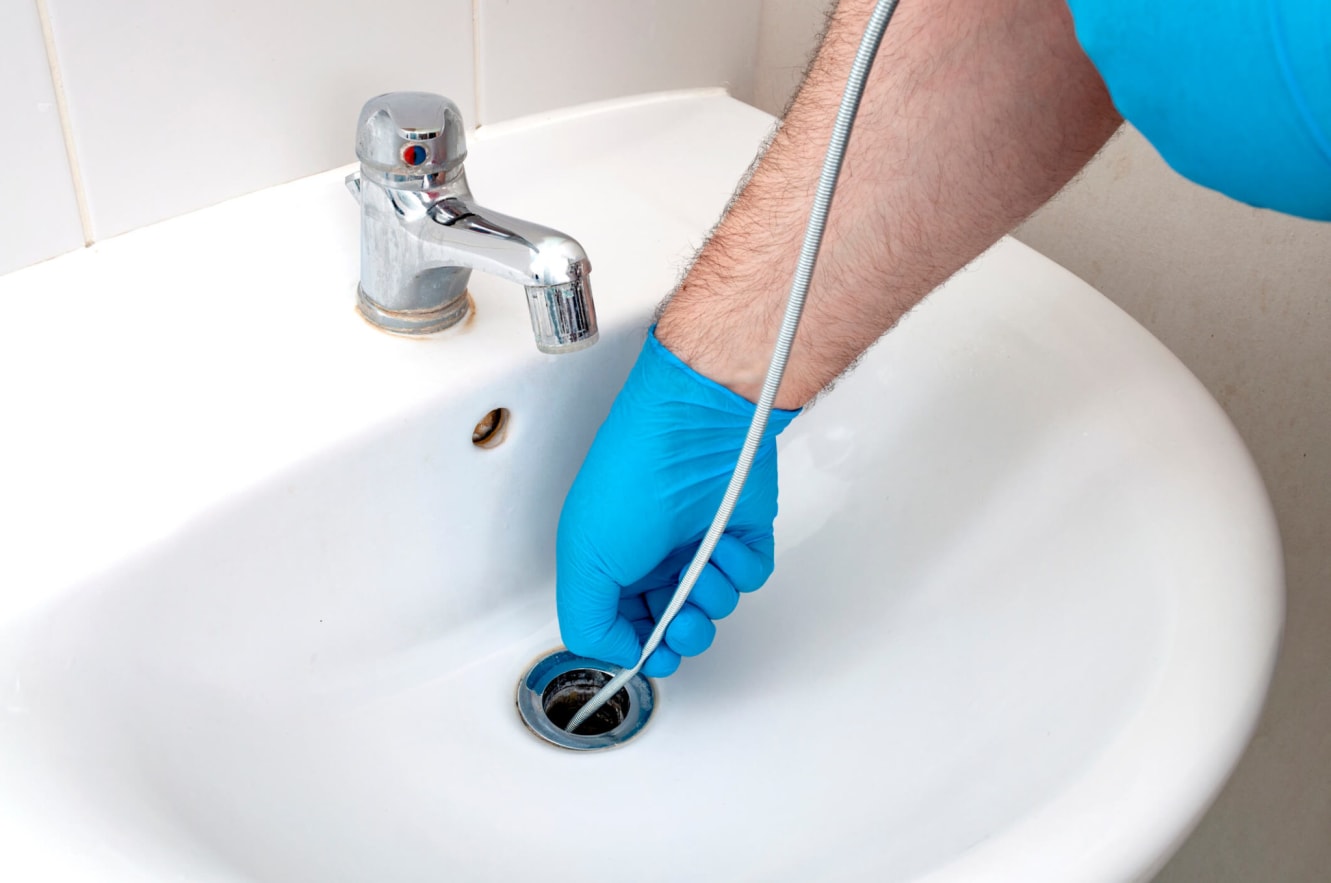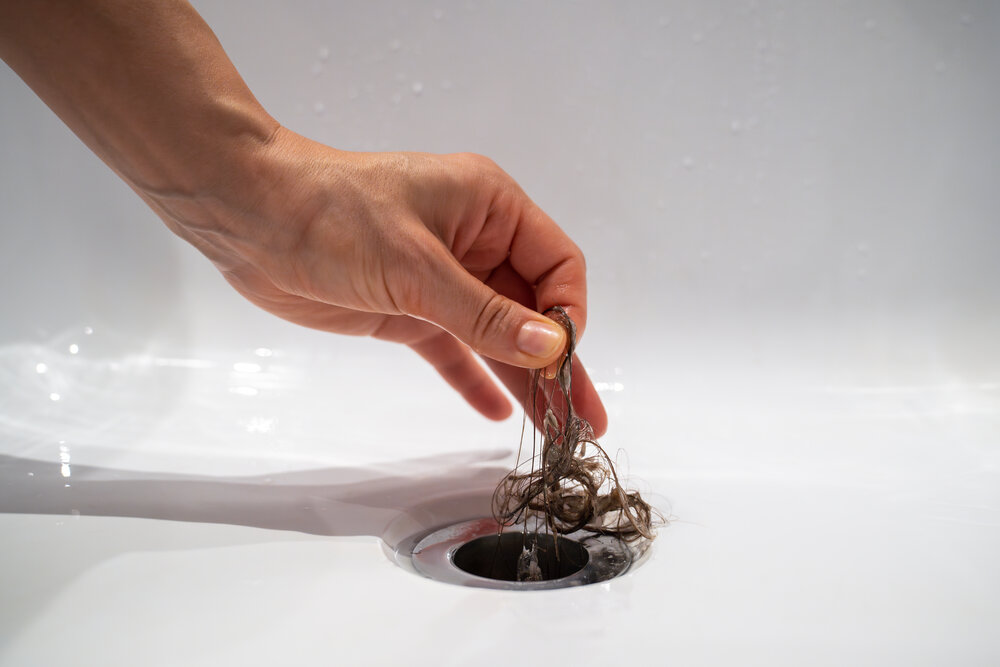How To Use A Drain Snake
When the stubborn drains don’t unclog using clearing traps or plungers, at that point, Drain Snake (also known as Drain Auger) is the tool that you should use. A drain snake is a semi-advanced tool built with a long coiled wire ordinarily 1/4-inch thick, attached with a handle at one end used to remove the drain clogs.
Insert the plumbing snake into the clogged drain, crank it to push it farther into the obstruction, and pull it back to remove the clog. This is a great way to unclog the drain if you don’t have any chemicals in hand.
This article will tell you how to use a plumber snake, its advantages, and why you should use it to unclog a drain.
Why Should I Use A Drain Snake
With so many things passing through your drain pipes, it is no wonder that the system can get clogged over time. Soap, grease, oil, shampoo, hair, tissues, food waste, and everything else you flush down your drain can cause a buildup, resulting in a clogged or slow drain. Luckily, a Drain snake can unclog the smaller drains of the bathroom sink, toilet, and kitchen sink without any excuse.
Snakes are built handy and are long enough to dive down the long clogged drainpipes and can dig out the clogged material. There are some snakes that can easily get fit with the electric drill, which helps them to increase the force to push deeper down through the clog. Snake for clogged drains can be a good choice for people who are willing to unclog easy buildups.
How To Use A Drain Auger To Unclog Drains
Professional plumbers use a manually operated drain snake, which helps to clean the drain easily. You can follow the below steps to understand how you can use a drain snake:
- Insert The Snake Into Pipe – Wear some protection rubber gloves for precaution. Insert the drain snake in the drain opening and push it along with turning the handle on the drum that contains the coiled-up snake.
- Push Down The Drain Snake – Keep pushing the drain snake into the drainpipe to reach the blockage and wait until you feel resistance.
- Grip Strength And Push The Snake Handle – Keep your grip strength while applying pressure on the drain snake’s handle to get it to bend around the tight curve in the trap under the sink. Following the turning curve, the snake would easily push through and reach the clog.
- Keep Rotating The Snake – Keep on rotating the handle clockwise to grind the blockage until you feel it gets free into the pipe. The rotation will help the tip of the snake to touch the clog and cut it down. The rotating action enables the tip of the snake to cling to the clog or chop it. If the clog is hard to remove, the snakehead will intertwine the solid clog material.
- Rotate Back The Snake – If you find the drain snake is hard to push through the clog, then rotate it back anti-clockwise and pop it out.
- Flush The Sink Drain – The next step is to run the water through the drain with full force for a few minutes. It will help the drain to dissolve the clog and will make it easier to clean it in the next effort. Make sure the clog is washed away from the drain properly.
- Clean The Auger & Snake The Drain Again – If the drain is still clogged, try to clean the auger and follow the method again.
Things To Consider To Prevent Drain Clogs
To prevent any unwanted clogs in your drains at home, you can consider the points mentioned below.
- Use A Sink Strainer: A sink strainer can help to prevent clogs caused due to the fall of garbage, waste food & objects in the drain pipe.
- Look While Flushing The Toilet: Watch what you flush in the bathroom Toilets. Your bathroom drain can also get clogged because of Disposable wipes and bulky material.
- Throw, Garbage In The Dustbin: With some of our daily use materials, the drain and sink in the house can also get clogged. The most common things are food and personal care products. Always keep the food, coffee grounds, and grease away from the kitchen. Always throw the empty or used materials in the trash.
Snaking Drain Works, But Clogs May Return
Snaking a drain is an effective method of drain cleaning to increase the flow of water through the drain pipes. But it is only a temporary fix. It can bore a hole through the clog, but since you are not sure that everything was removed, you might have another clogged drain in a few months.




